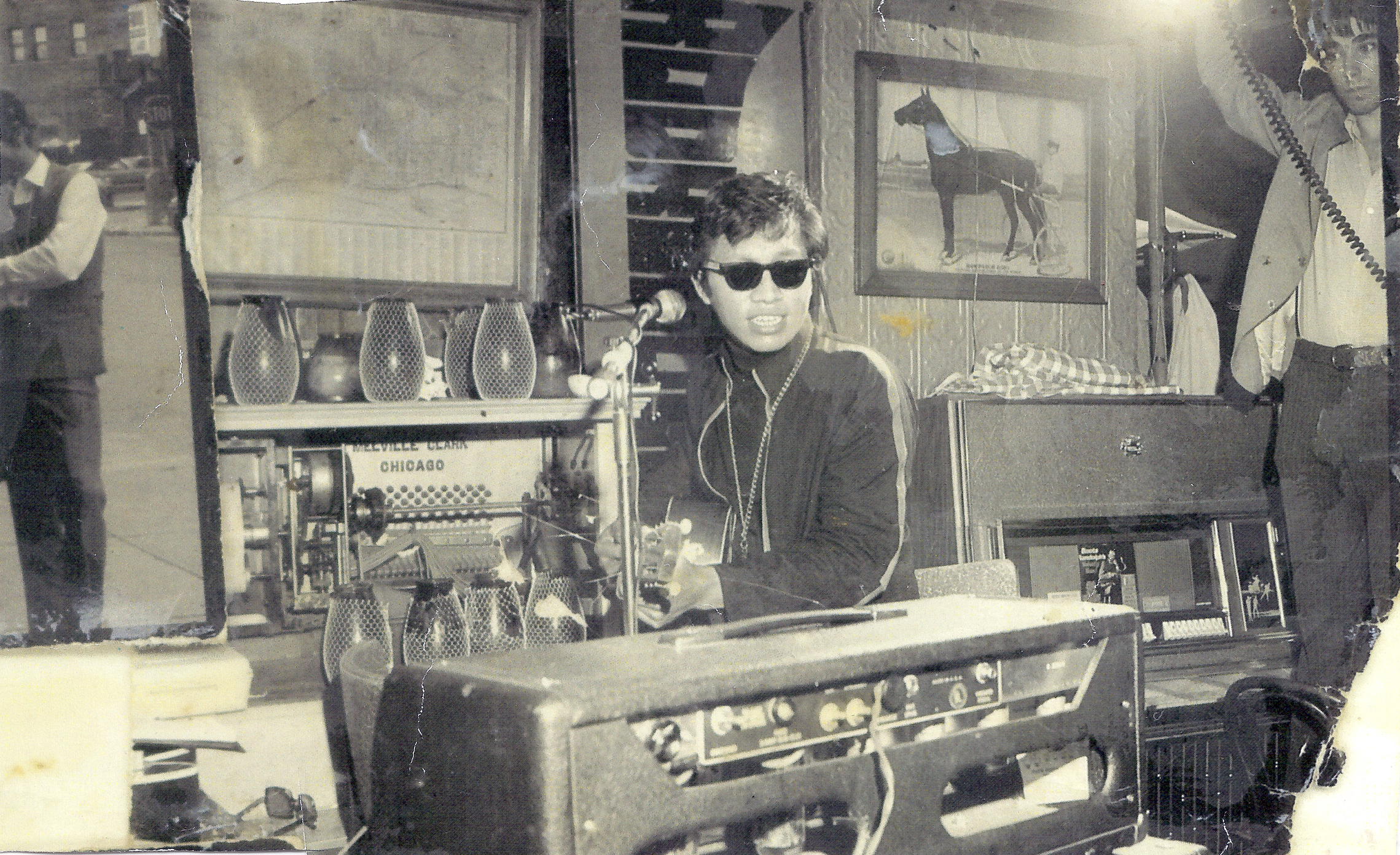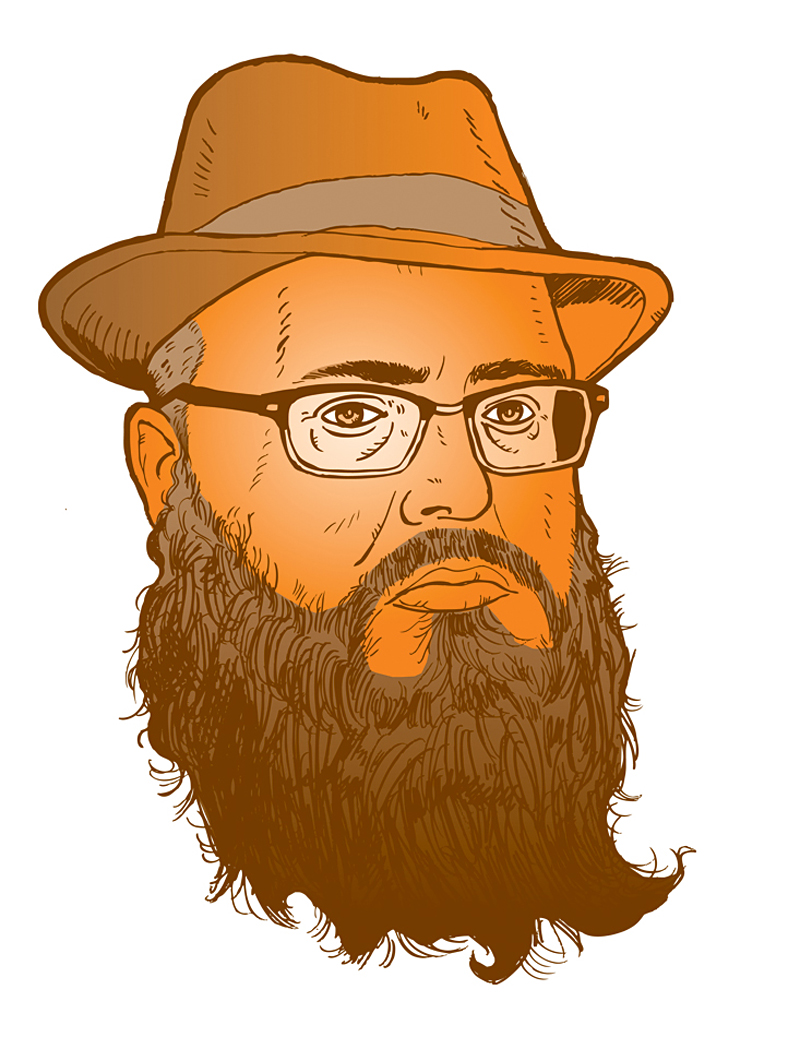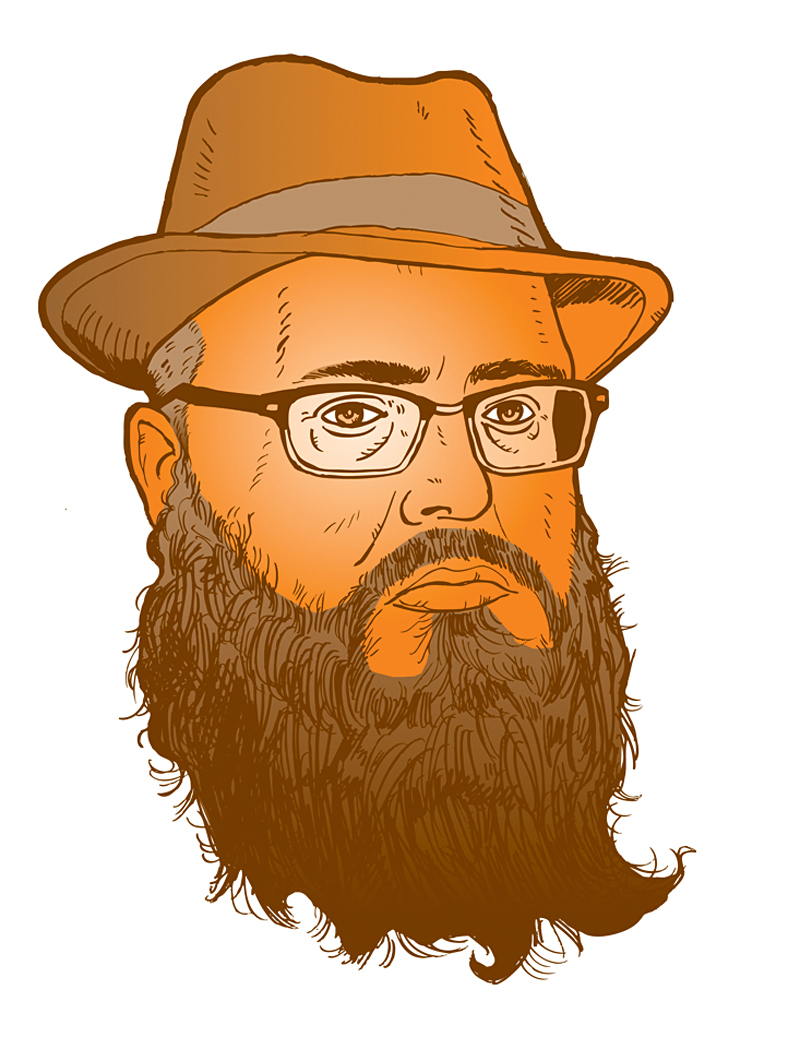“My God is in the breath of crows.” —“Breath of Crows,” Brian Eno, Drums Between the Bells
“Rabbi” is shorthand for “teacher.” Bald, very British-looking art-rock maven Brian Eno may not seem like what we think of when we hear the word rabbi, but any interview you read with him will make you think of him as a philosophical inspiration—and a musical rabbi as well.
When Eno speaks, he is often surprisingly mystical in the same way your favorite teacher is. Very few other popular musicians have the ability to educate, entertain, and edify whenever quoted, but he is one.
I became fascinated by his view of spirituality in the early ’90s, around the time I was coming to grips with Sturgeon’s Law—“90 percent of everything is crap”—as it applied to rock music. And as a believer, I couldn’t comprehend why so many of my Christian friends tolerated really boring religious rock. Yet some of my very favorite music was spiritual—from Talking Heads’ mbira-driven Remain in Light (co-produced by Eno) to U2’s The Unforgettable Fire (also co-produced by Eno . . . hmmm).
I think of Eno’s artistic career as a criticism of what people think church is—a museum of sacraments to be observed—when it should be a living exchange of expressions glorifying timelessness.
Recently, Stephen Colbert asked Eno about the “83 different versions of the Windows 95” chime he wrote for Microsoft, one of which you probably hear every day and maybe didn’t realize had a composer. “You put art in places that they wouldn’t ordinarily go,” Colbert said in the interview, and Eno repeated the story about the origin of his Music for Airports albums in the ’70s, the world’s first ambient LPs. He was sitting in a beautiful new airport in Cologne, Germany, it was a lovely Sunday morning, and they were playing horrible music in the background.
“I thought, ‘What should we be hearing in an airport?’ ” He reasoned that we needed to hear music there that “didn’t pretend that we weren’t going to die on the plane.” Thus Eno even touches the bottom line of all true art: Does it accept mortality? Does it offer some sort of reconciliation with the fact that we’re all going to die?
Like the best experiences of going to church, Eno praises life in his expression. Like someone praying, he ponders the disturbing and phenomenal uniqueness of creation with images and the beauty of a chime (think of church bells). He even has an a cappella group—people who don’t normally make music—that comes to his home to sing together. Even his latest album, Drums Between the Bells, released in July, opens with “Bless This Space,” which sounds like glitchypraise music recorded in the International District in 2025.
Church is made up of people, and their art, music, contemplation, gratitude, and silence. Eno has discovered the secrets of desert prophets, mad monks, and Sunday-morning gospel stormers who all crave every second as a living sacrament. He has chosen to live the mystery, his need to create relentlessly renewed and inspiring. Whatever he believes, I thank God for his example.






